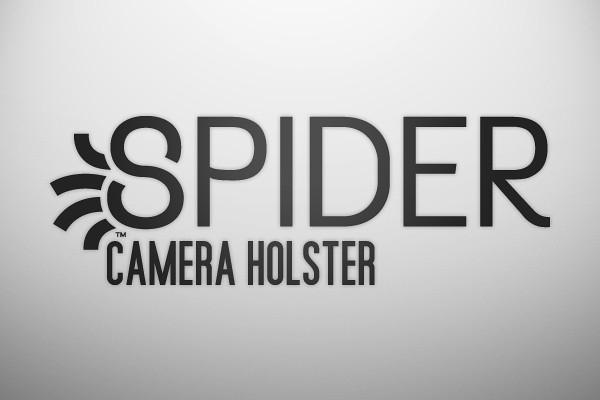The stock strap that you get when you buy a new DSLR camera is useful. It allows you to wear your camera around your neck and not worry too much about pulling it in and out of your bag, or even just holding it in your hand the whole time you plan on shooting with it. However, there are a couple cons to the stock strap.
| PetaPixel by Michael Zhang |
First and foremost, it carries an extraordinarily visible label on it. It tells everyone around you exactly what it strapped to your neck. For any tourist, or casual to hobbyist photographer, this can pose a threat to your gear as it is basically a giant red x with a price mark. This should concern anyone who goes out to spend the most money on their gear without considering what they are using it for. The second con to these straps is how they are not the most comfortable accessory for longer periods of time. It pulls down on your neck, bounces awkwardly against your body, and over the course of time it can tend to make you a bit sore. Thankfully, a few companies out there have figured out solutions to these problems.
While at PhotoPlus Expo there were two companies that really stood out to me in the straps department. One was Black Rapid, and the other was Spider. Both companies offer multiple ways to strap your equipment to part of your body that are much more comfortable, aesthetically pleasing, as well as very practical.
The Black Rapid line focuses on putting the camera's weight distributed across one shoulder, allowing it to rest comfortably on your side. There are multiple designs for the straps, including one's that are more comfortable for a woman's figure, dual cameras, and one that is all purpose. They all come with the connection gear necessary, and it is very reliable. These straps look cool, feel amazing, and allow for very quick reactions to lifting the camera up to your eye and taking a shot.
The Spider gear focused on putting the weight of the camera and other gear around your waist. They sell different belts that you attached holsters for. What you end up getting is a direct from the hip shooting experience, kind of like a photographer gone western, which is awesome. These straps are also very reliable as well as versatile. There are options to strap your camera's flash, telephoto lens, or even a second camera.
So when going out and getting new accessories for your camera, or maybe buying a gift for someone else, remember the strap is a very important part to consider. There are other companies out there to look at for sure, but both Black Rapid and Spider have amazing products that I personally stand behind after seeing them and using them. Look out for more detailed looks at these companies straps, coming soon!







